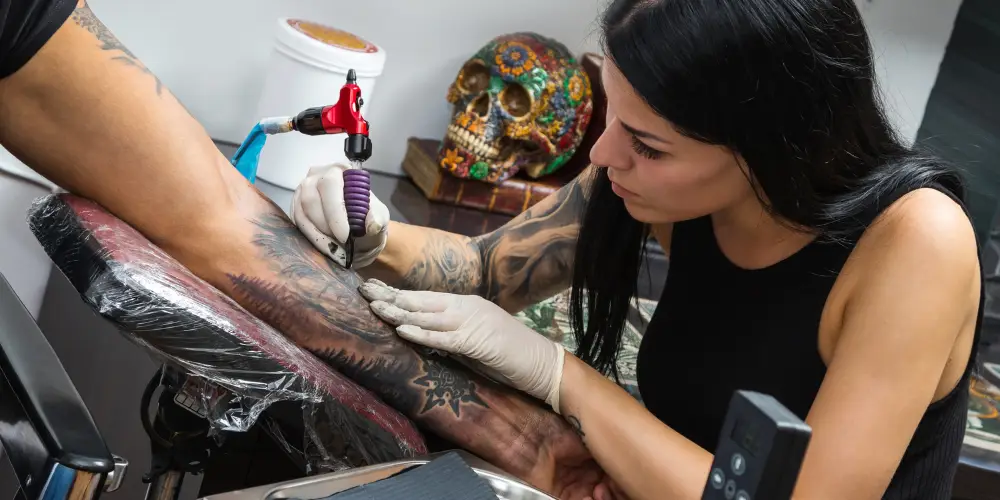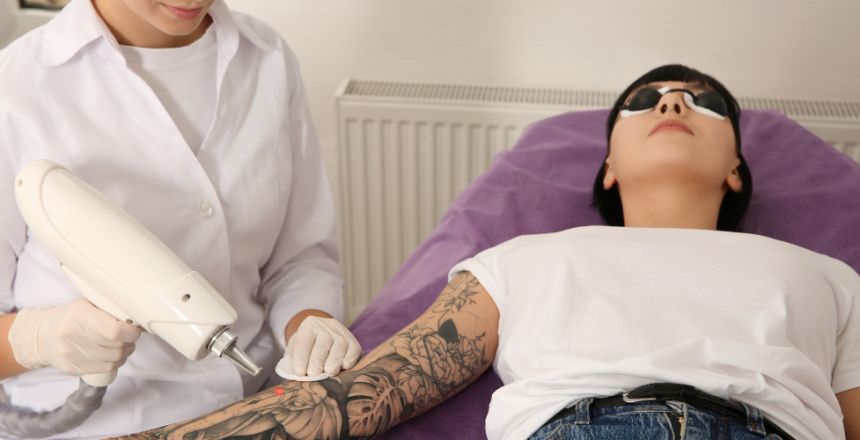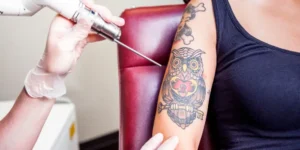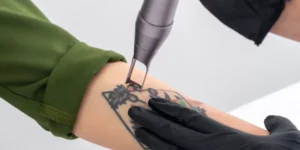The journey towards tattoo removal often intertwines with apprehensions about pain and discomfort, becoming a significant consideration for many individuals contemplating the procedure. Pain management during tattoo removal is not merely a physical concern but extends into the psychological and emotional realms, impacting the overall experience and outcome of the process. In this exploration, we delve into the multifaceted aspect of pain management during tattoo removal, aiming to provide insights and strategies to navigate this often uncomfortable path towards clear skin.
Chapter 1: Understanding the Pain
Tattoo removal, predominantly facilitated through laser technology, involves the emission of rapid, intense pulses of light into the tattoo ink, causing it to shatter into smaller particles. This process can induce pain, often described as similar to the snapping of a rubber band against the skin. Understanding the nature, duration, and intensity of the pain, informed by personal testimonials and professional consultations, can provide a foundational knowledge to build effective pain management strategies.
<
Chapter 2: Physical Pain Management Strategies
- Topical Anesthetics: The use of topical numbing creams, applied before the procedure, can mitigate the sensation of pain during the session.
- Cooling Methods: Employing cooling methods, such as ice packs or cooling gels, post-procedure can alleviate discomfort and inflammation.
- Pain Medication: Over-the-counter pain relief, such as ibuprofen, can be utilized to manage pain post-procedure, always adhering to professional advice and guidelines.
- Advanced Technologies: Opting for clinics that utilize advanced laser technologies, which may offer reduced pain experiences, can also be a viable strategy.
Chapter 3: Psychological Pain Management Strategies
- Mindfulness and Breathing Techniques: Engaging in mindfulness exercises and employing deep breathing techniques during the procedure can divert focus from the pain, providing a calming effect.
- Distractions: Utilizing distractions, such as listening to music, podcasts, or engaging in conversation, can divert attention from the discomfort.
- Understanding and Acceptance: Embracing a mindset that understands and accepts the temporary nature of the pain, viewing it as a pathway to the desired outcome, can psychologically cushion the experience.

Chapter 4: Emotional Support and Communication
- Professional Rapport: Establishing a positive rapport with the professional conducting the removal can create a supportive environment, where communication about pain levels and breaks can be freely facilitated.
- Support Person: Having a friend or family member present during sessions, where permitted, can provide emotional support and reassurance.
- Online Communities: Engaging with online communities or forums, where experiences are shared, can provide insights and emotional solidarity throughout the journey.
Chapter 5: Post-Procedure Care and Recovery
- Adhering to Aftercare Guidelines: Meticulously following aftercare guidelines, such as protecting the skin and avoiding certain activities, can prevent exacerbated pain and facilitate optimal recovery.
- Rest and Recuperation: Allowing adequate time for rest and recovery post-procedure can ensure that the skin heals effectively, minimizing prolonged discomfort.
- Monitoring and Reporting: Keeping a vigilant eye on the healing process and promptly reporting any concerns or abnormalities to the professional can prevent complications that might induce further pain.
<
Chapter 6: Setting and Managing Expectations
- Realistic Expectations: Engaging in open dialogue with the professional regarding pain expectations, potential side effects, and the overall journey can equip you with a realistic perspective, preventing unwarranted shocks or disappointments.
- Progress Tracking: Keeping a visual or written log of the progress can serve as a motivational tool, providing tangible evidence of the journey and the outcomes achieved with each session.
Conclusion: A Holistic Approach to Pain Management
Pain management during tattoo removal extends beyond the physical sensation, weaving through psychological and emotional facets that collectively impact the overall experience. By adopting a holistic approach that encompasses physical pain mitigation strategies, psychological techniques, emotional support, and meticulous aftercare, the path towards tattoo removal can be navigated with empowered resilience. Through understanding, preparation, and supportive networks, the journey, albeit uncomfortable, becomes a bearable and perhaps even empowering pathway towards achieving clear, liberated skin.




